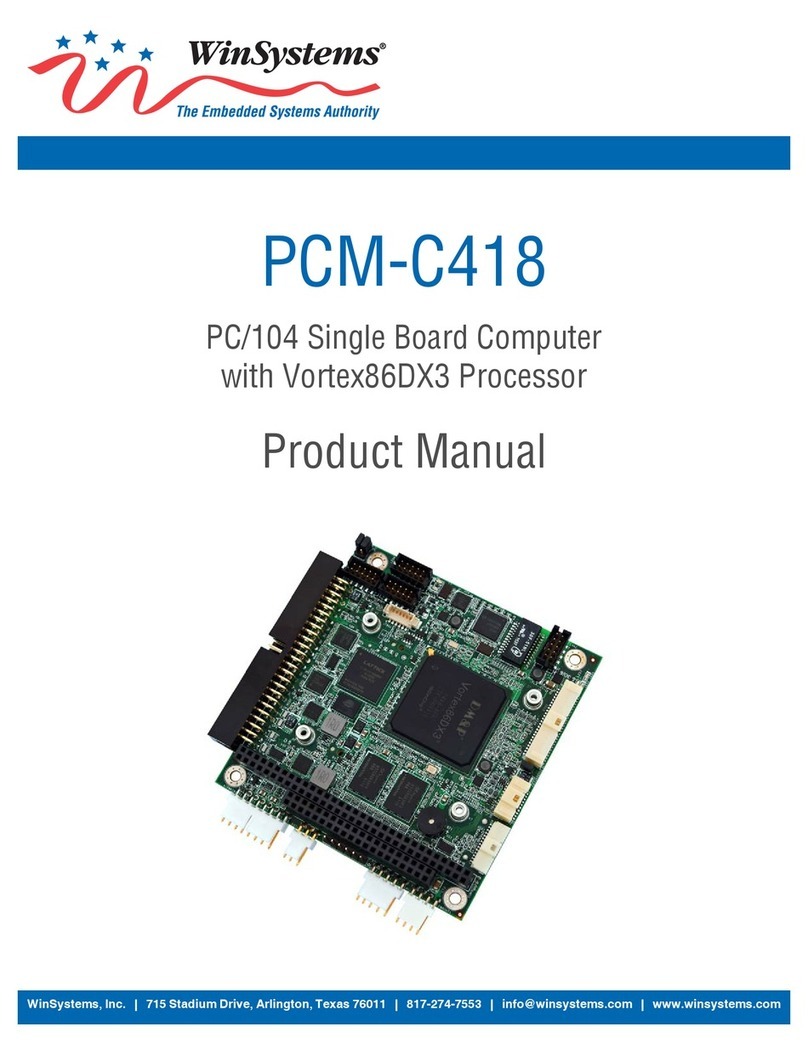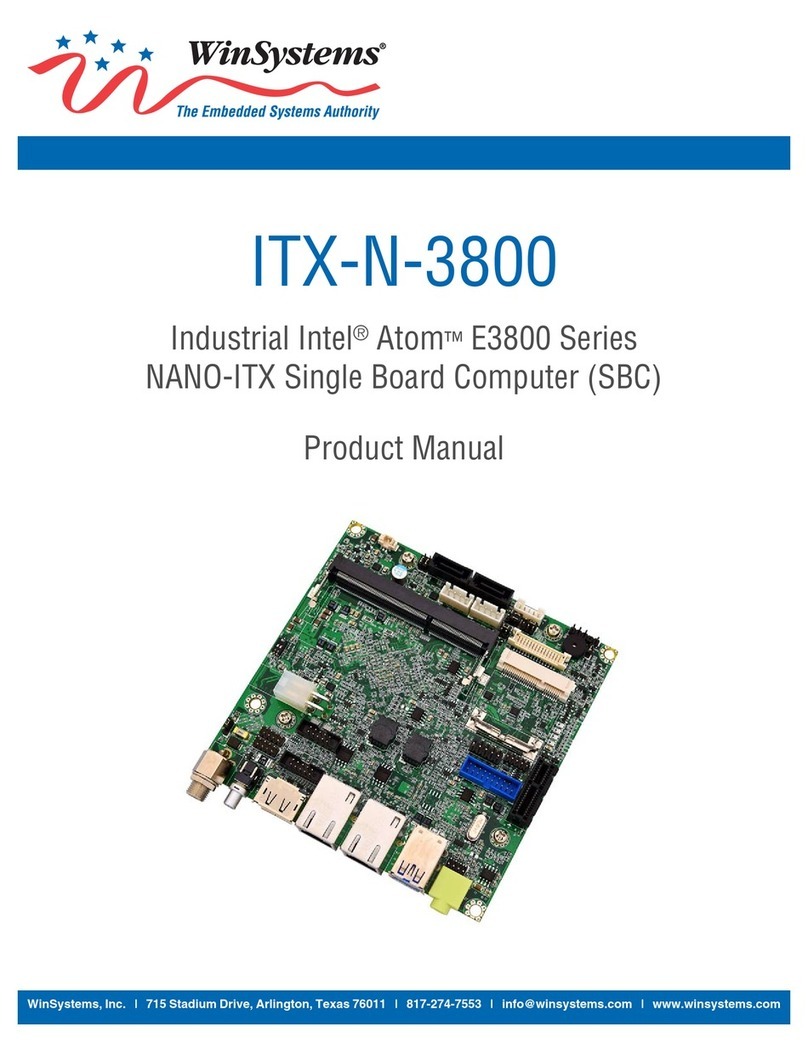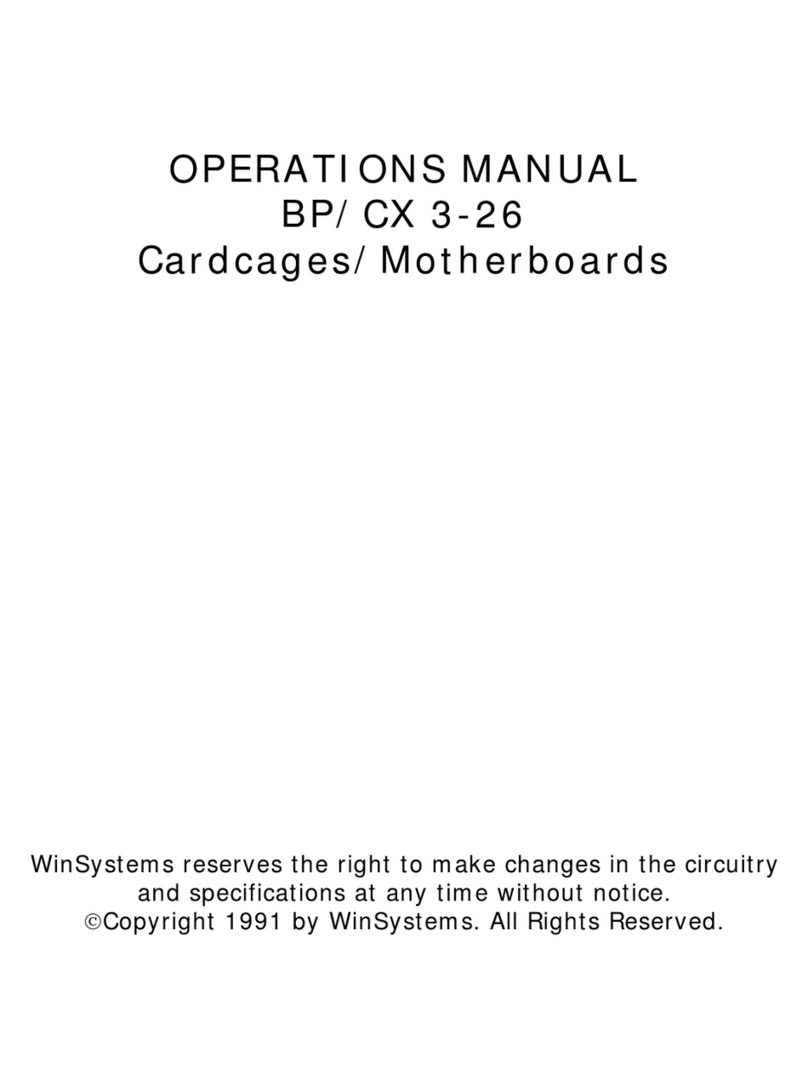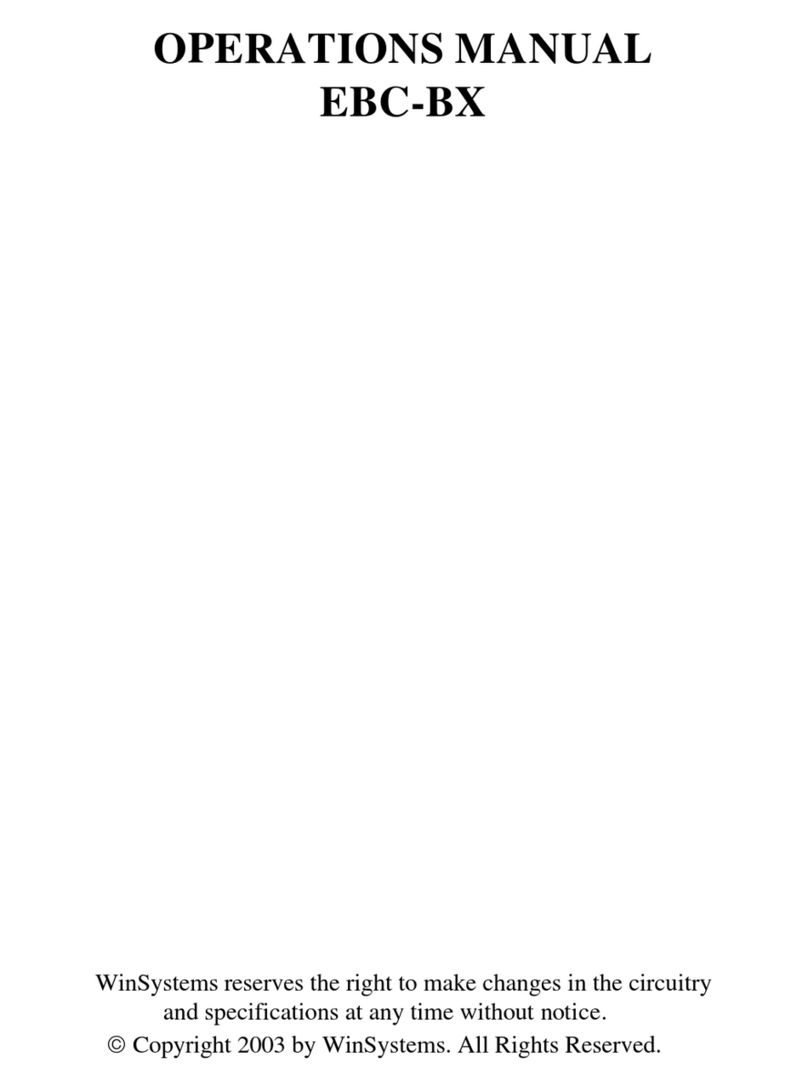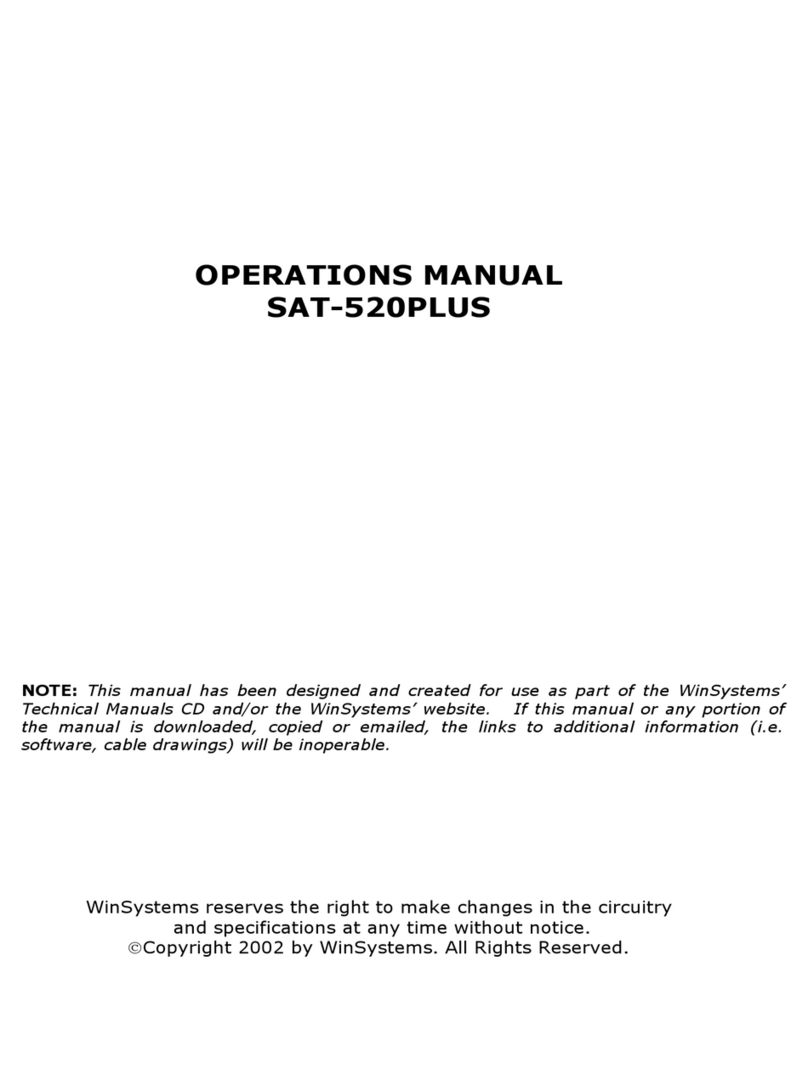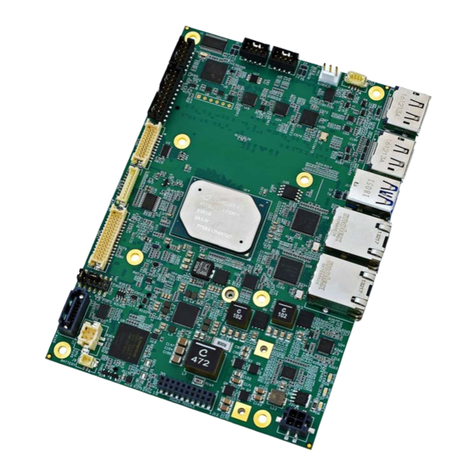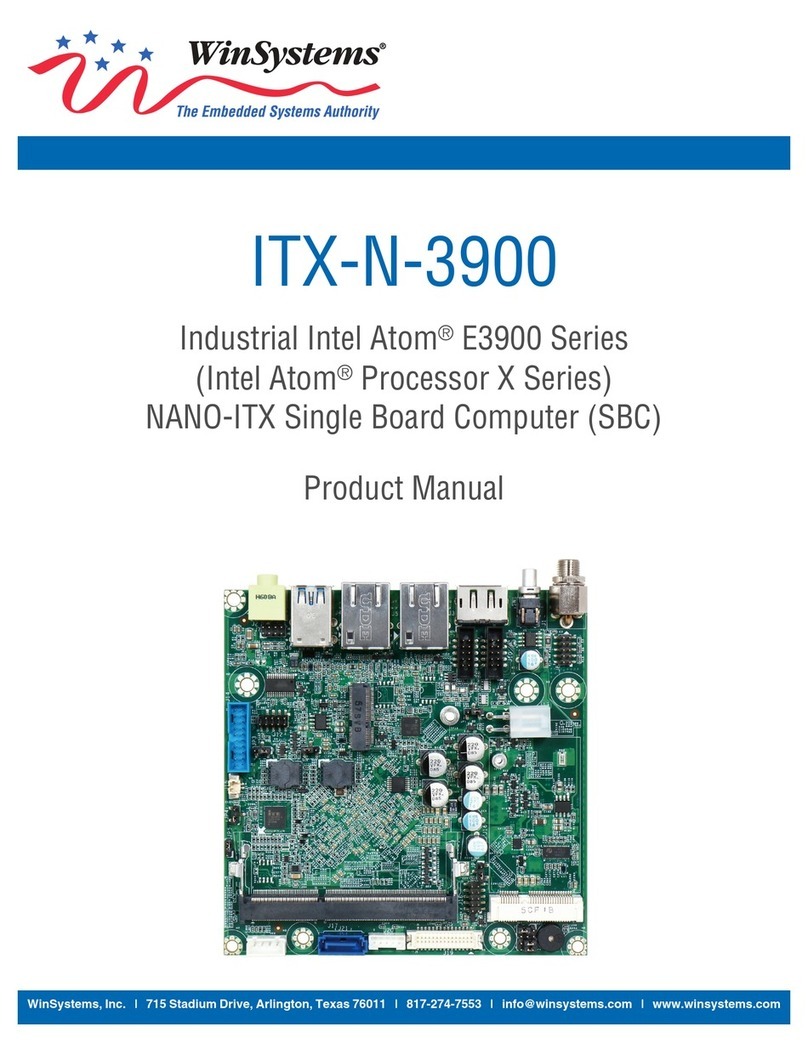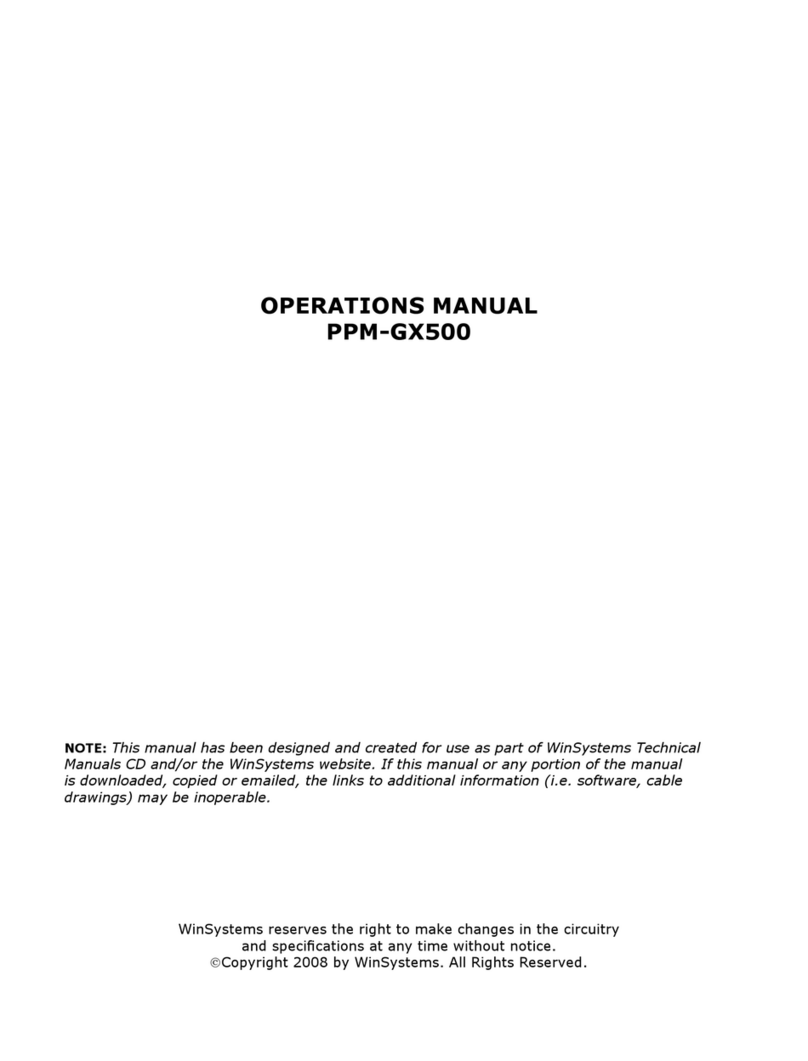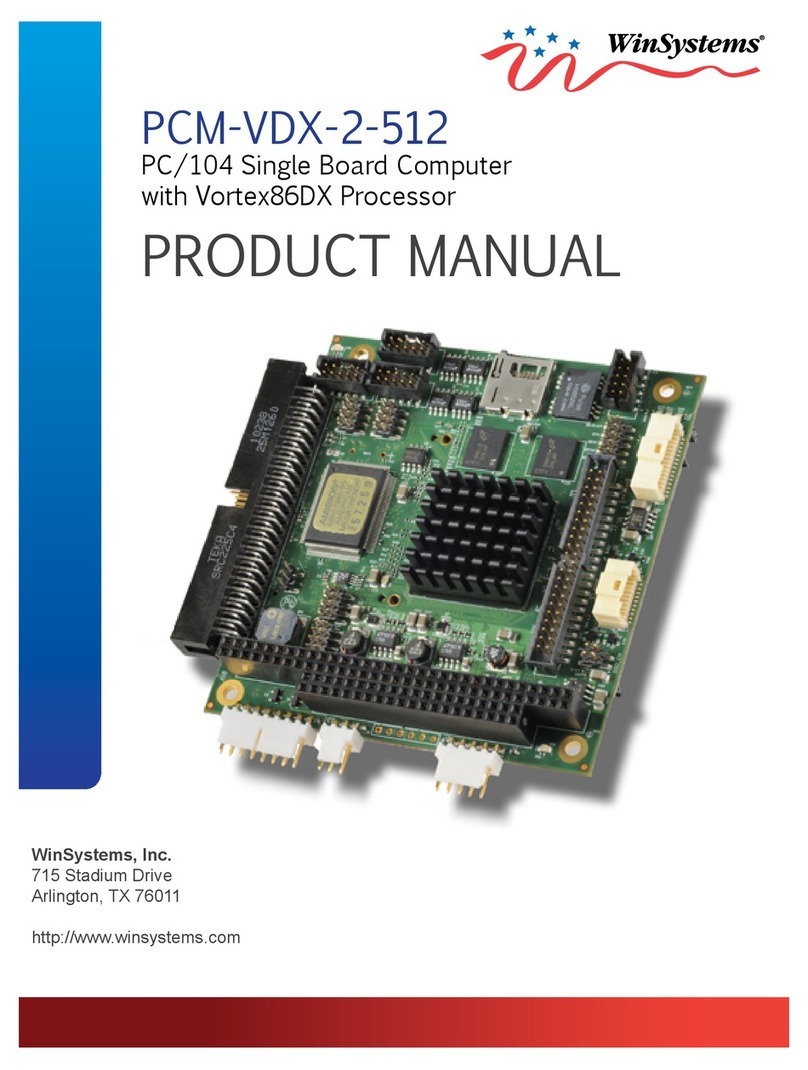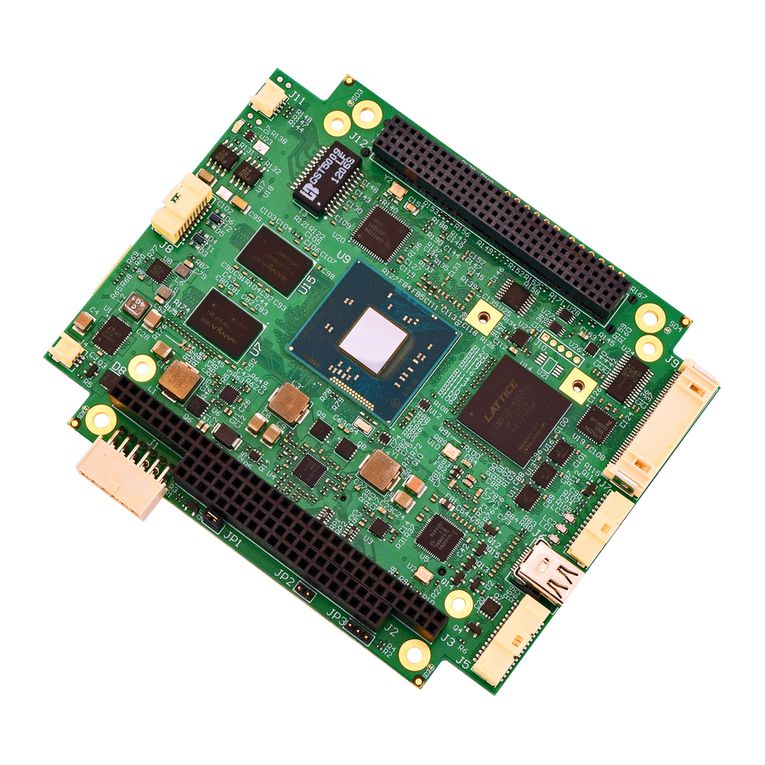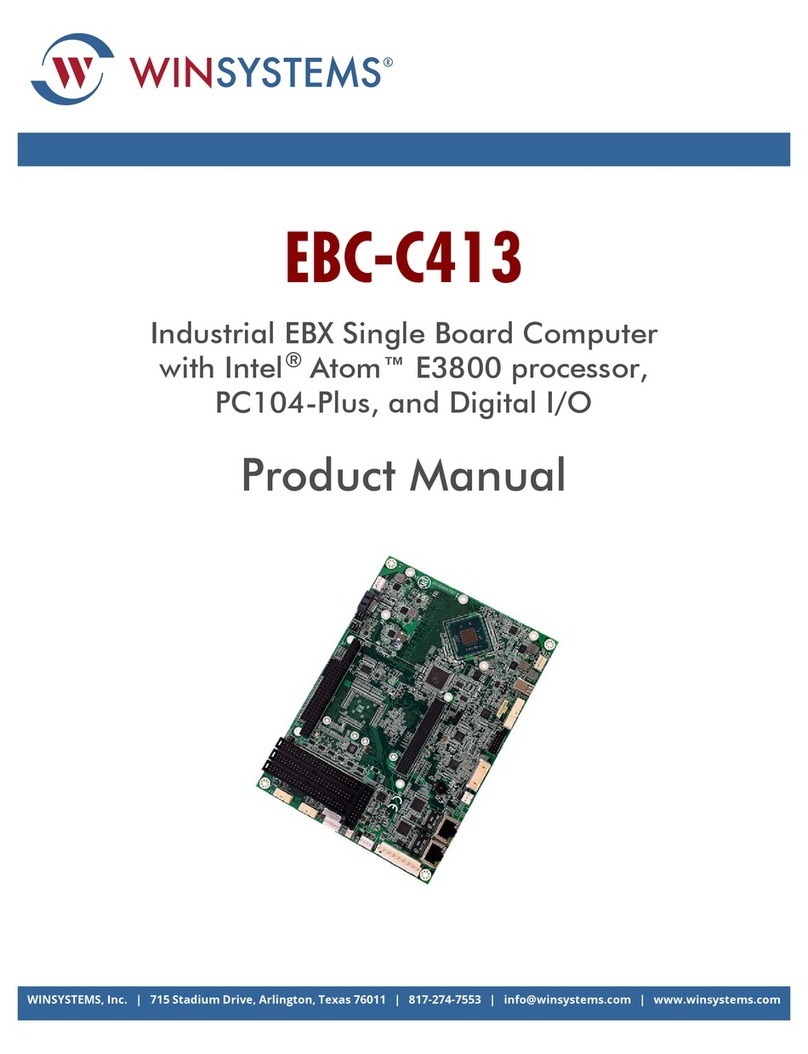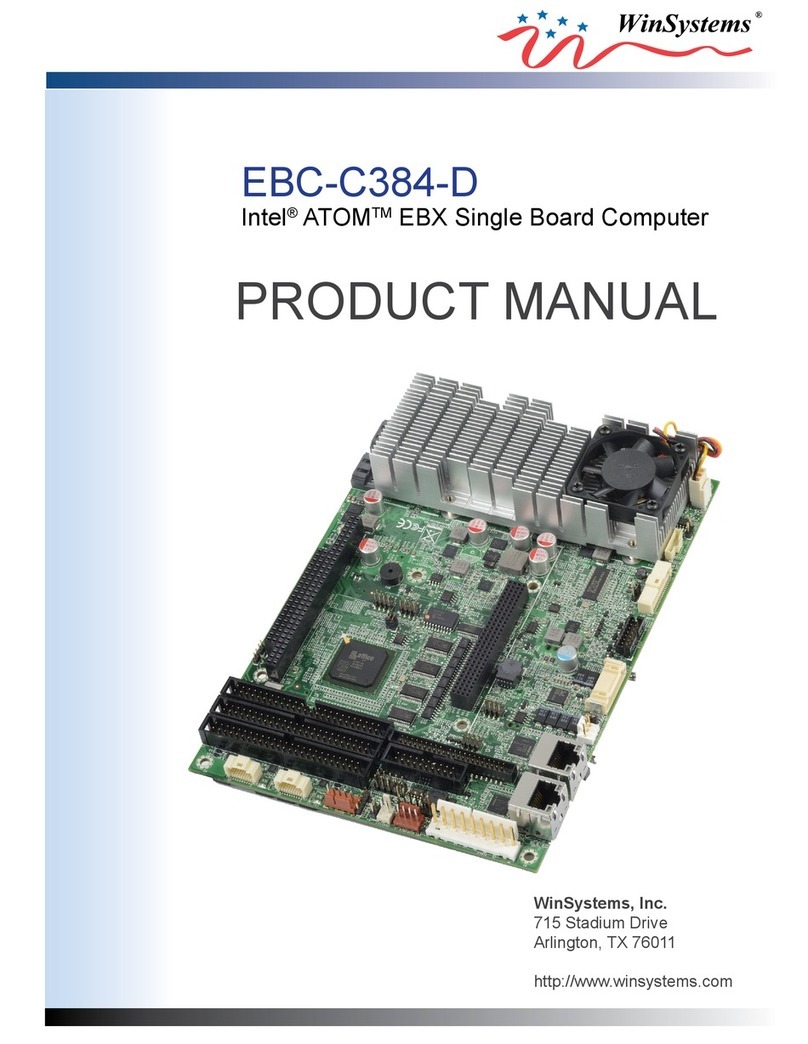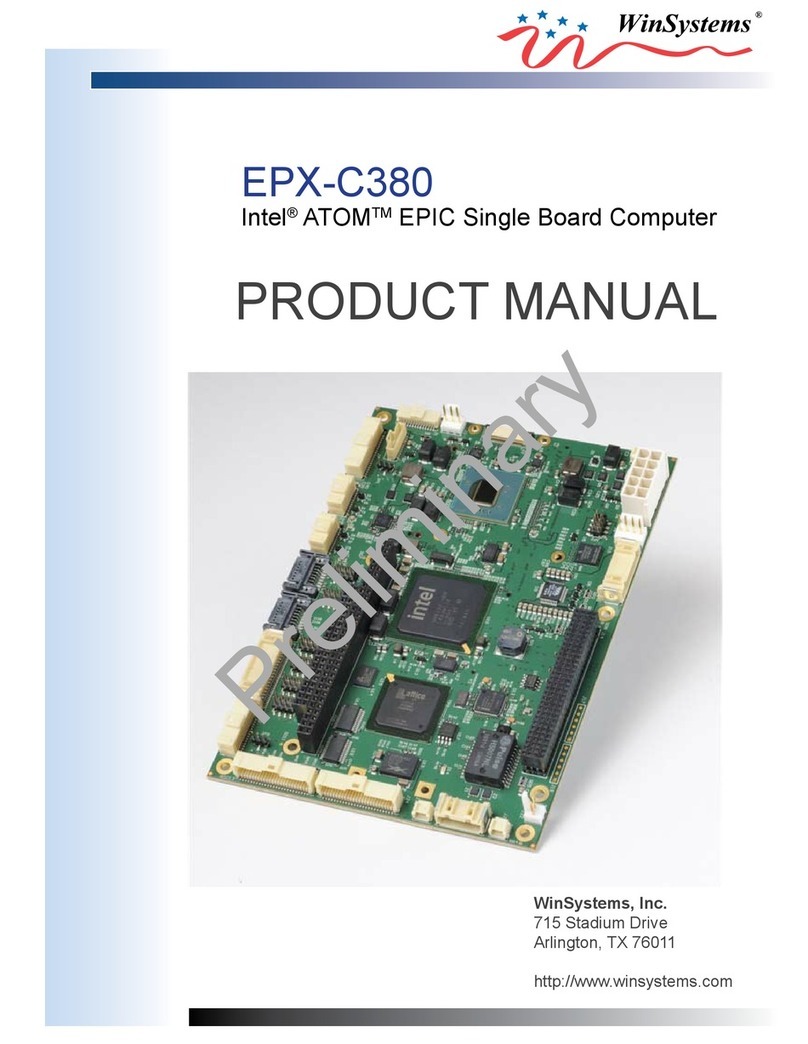
1GENERAL INFORMATION
1.1 FEATURES
nHigh Integration 133MHz 5x86 Processor Board
nPC/104 Sized Module
nUp to 32 Megabytes of ruggedized SMT DRAM
nOnboard Solid State Disk support for EPROM, SRAM, or FLASH
nIndustry Standard AWARD BIOS with POST
nTwo PC Compatible Serial Ports with optional RS-422/RS-485 support
nStandard Parallel Printer Port
nWatchdog Timer with Powerfail/Reset
nOnboard 16-bit IDE Interface
nOnboard Dual Floppy Disk Controller
nStandard AT Keyboard Support
nReal-Time Clock with Battery Backup
nStatus and Hard Disk LEDs
n+5 Volt Only Operation
1.2 GENERAL DESCRIPTION
The PCM-586 is a small, high-performance, embeddable computer system on a single
PC/104formfactorboard. It features theACCMicro 2089 plustheAMD5x86 runningat
133Mhz.Itcanbepopulatedwithupto64MegabytesoffactoryinstalledSMTDRAM.Its
full PC/AT hardware, and industry standard AWARD BIOS, assure full hardware and
software compatibility with PC software and operating systems. The PCM-586 includes
on board interfaces for floppy disks, IDE fixed disks, parallel printer, and two serial
channelswith RS-232,RS-422,or RS-485capabilityoneither orboth channels. Afull 16-
bitPC/104expansionbusisprovidedforfurtherexpansiontoanentireindustryofadd-on
peripherals including high-speed VGA controllers, sound and speech modules, SCSI
controllers, Analog I/O modules, and literally hundreds of other options available from
WinSystems and a variety of vendors supporting the PC/104 standard. An onboard
Silicon Disk socket supports disks of up to 1 Megabyte in size and can utilize SRAM,
PEROM, or EPROM as the disk media. Boot capability is provided onboard, and a set of
utilitiesanddriversareincludedtomakethesilicondiskbasedsystemveryuserfriendly.
Alternately, the M-Systems’ DiskOnChip FLASH modules may be populated and disk
sizes range from 2 Megabytes to 72 Megabytes.
021402 OPERATIONS MANUAL PCM-586 Page 1-1
Artisan Technology Group - Quality Instrumentation ... Guaranteed | (888) 88-SOURCE | www.artisantg.com
